Kernel_task: What It Is, Why It Causes High CPU Usage & How to Fix It On Mac
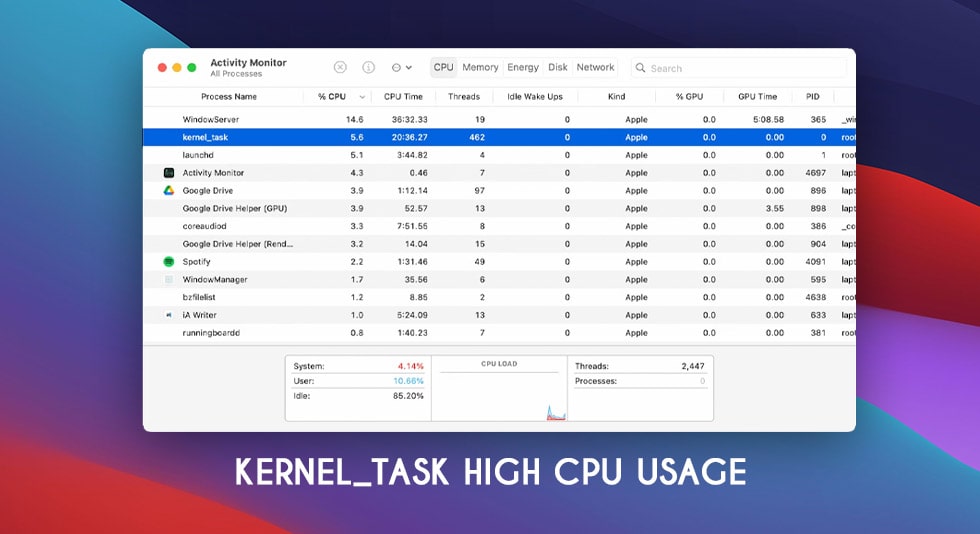
Is your Mac acting sluggish, with the fan whirring loudly while showing a ‘kernel_task’ error message that consumes an excessive amount of CPU resources? Well, you’re not alone! The ‘kernel_task’ process on macOS is a significant CPU hog, slowing down your system and interrupting your workflow.
But fear not! In this comprehensive guide, we’ll explore the root causes of this issue and provide you with a range of effective solutions to fix the ‘kernel_task’ and restore your Mac’s performance to its former glory. Whether you’re a tech novice or a seasoned computer user, these step-by-step fixes will help you bid farewell to the ‘kernel_task high CPU Usage’ issue on your Mac.
What is a Kernel_Task?
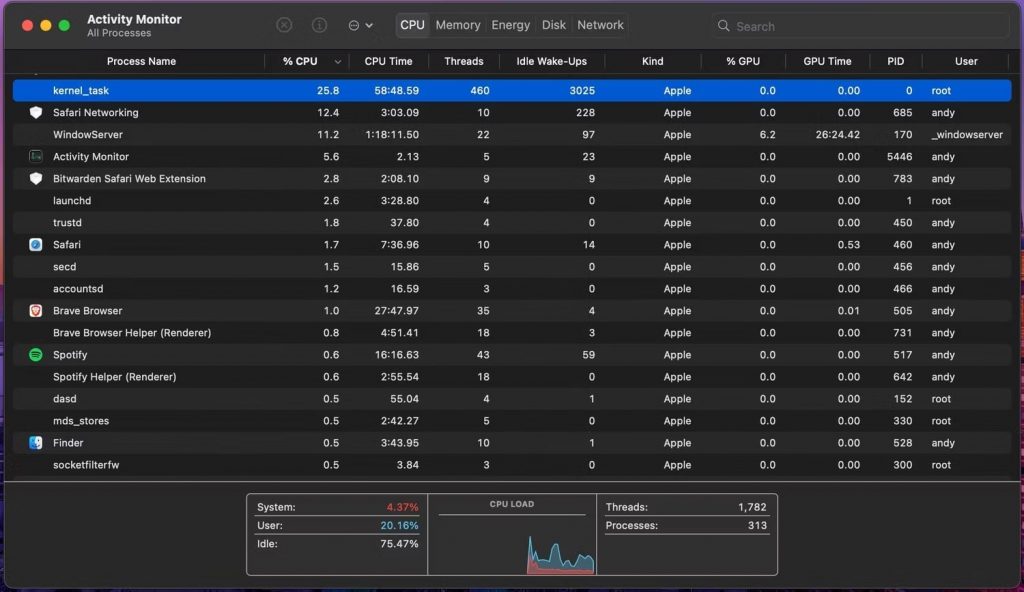
The ‘kernel_task’ serves as a crucial system process within macOS, functioning as a central supervisor that regulates the allocation of resources. Primarily, it oversees the efficient utilization of CPU power and prevents overheating by managing thermal constraints.
However, instances arise where this process can disproportionately consume CPU capacity, impacting the system’s performance. Addressing issues related to ‘kernel_task’ becomes pivotal in optimizing the Mac’s functionality and restoring its operational efficiency.
Also read: How to Fix WindowServer High CPU Usage on Mac
What Causes the Mac Kernel_Task High CPU Usage Issue?
Several factors can contribute to the ‘kernel_task’ exhibiting high CPU usage on macOS:
1. Overheating Protection:
The ‘kernel_task’ frequently intensifies when the system perceives a risk of overheating. It acts as a safeguard mechanism by reducing CPU power to cool down the Mac.
2. Hardware Issues:
Faulty hardware components or inadequate cooling systems might trigger ‘kernel_task’ to respond by restricting CPU performance, leading to increased usage.
3. Software or System Updates:
Incompatibilities or glitches arising from recent software updates or system upgrades can sometimes cause the ‘kernel_task’ to behave unusually.
4. Peripheral Devices:
Certain peripherals or hardware additions may conflict with the macOS, causing the ‘kernel_task’ to react by consuming excessive CPU resources.
5. Background Processes:
Intensive or malfunctioning background processes can also force ‘kernel_task’ to work harder, causing a spike in CPU usage.
Addressing these issues involves troubleshooting each potential cause systematically to identify the specific trigger for the ‘kernel_task’ high CPU usage on your Mac.
Also read: Which Android File Transfer Alternatives for Mac are Worth Trying in 2024?
How to Fix the Kernel_Task High CPU Usage Issue?
Here are the top solutions to fix kernel_task high CPU usage:
1 Restart Your Mac
A simple yet effective solution involves restarting your Mac, offering a fresh start to the ‘kernel_task’ process. This action clears temporary issues that might be causing the high CPU usage. Make sure you save your work before restarting to avoid any data loss.
Surprisingly, a restart alone resolves ‘kernel_task’ issues in many instances.
2 Update Your macOS
Having an outdated operating system can also trigger kernel_task issues. Make sure your Mac is updated to the latest macOS version to enjoy performance improvements, optimizations, and bug fixes.
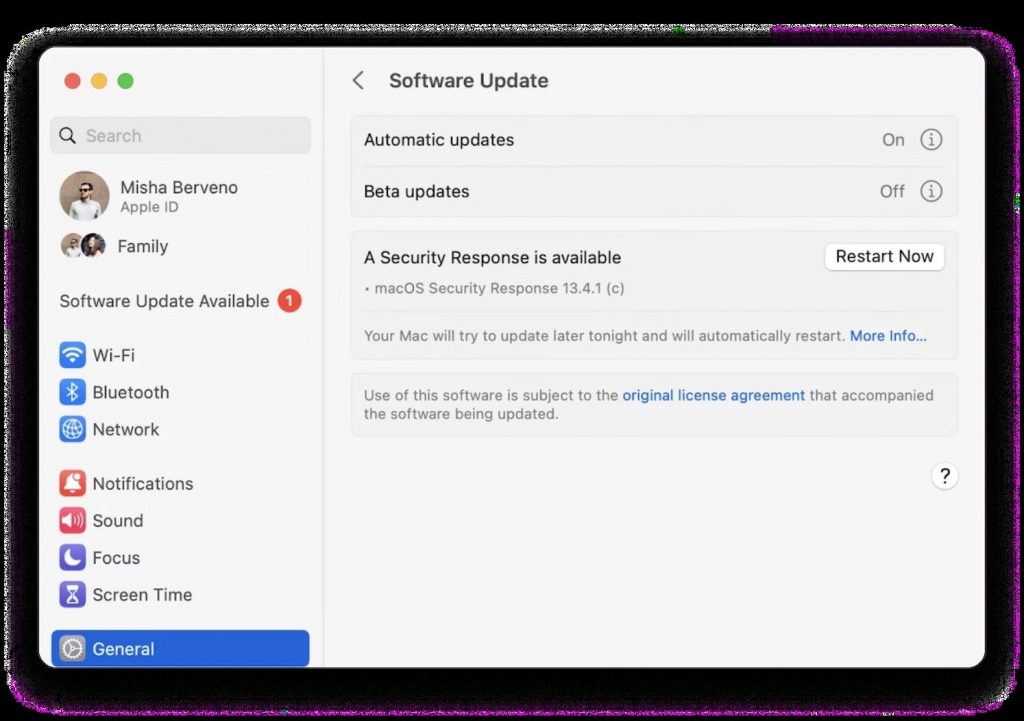
Go to System Preferences > Software Update to check for any pending updates. Download and install macOS updates to see if it fixes kernel_task problems.
Also read: How To Fix Mac Stuck Checking For Updates & Enjoy New Features
3 Check Your Mac for Malware
Kernel_task problems can also stem from malware or adware problems. Use built-in tools like XProtect to scan for known malware, viruses, and other vulnerabilities. Additionally, use good anti-malware for Macs like Systweak Antivirus to perform a deep virus scan and remove any nasty malware found.
Removing malware often resolves unusual kernel_task behavior as well.
4 Stop Idle Processes
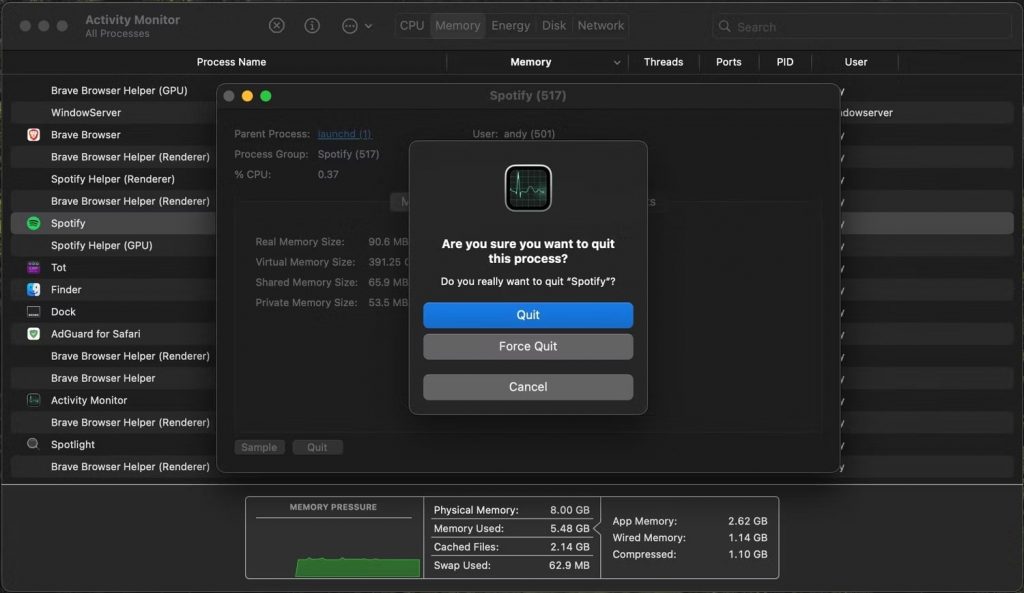
Apps running idle background processes can also clog up your CPU and RAM intermittently, causing kernel_task high CPU usage issues.
You can use the Activity Monitor app to track which apps are using maximum CPU or RAM in the background. We advise you to close down such resource-hungry apps or use apps like CCleaner to clear out temp files, residues, and other redundant data to keep it clean. Moreover, you can stop idle background processes to optimize overall performance.
5 Reset the SMC on Your Mac
The System Management Controller (SMC) controls core functions like fans, batteries, power management, and temperatures. Resetting it clears corrupt cache causing problems like abnormal kernel_task spikes.
The steps to reset SMC depend on your Mac model. Generally, it involves holding power/other buttons and draining residual power from SMC.
For MacBooks with M1 chips:
- Shut down your Mac.
- Press and hold the power button for 10 seconds.
- Release the power button and wait a few moments as your Mac resets the SMC automatically.
For MacBooks with Intel chips and desktop Macs:
- Shut down your Mac.
- Unplug the power cable from your Mac.
- For MacBooks, press and hold the shift-control-option keys on the left side of the keyboard and the power button for 10 seconds.
- For Desktop Macs, press and hold the power button for 5 seconds.
- Release all keys.
- Plug the power cable back in and turn your Mac back on.
The steps above will force your Mac to discharge any residual power and reset the SMC controller chip. This often resolves many power, battery, thermal, and other hardware-related issues caused by a corrupt SMC cache.
NOTE: Refer to Apple’s SMC reset guides for step-by-step instructions for your specific Mac.
Also read: How to Format USB on Mac – Optimizing Your USB Storage
6 Reset NVRAM on Your Mac
NVRAM on Mac stores information on screen resolution and startup disk selection. Resetting it often resolves kernel issues stemming from corrupt NVRAM data.
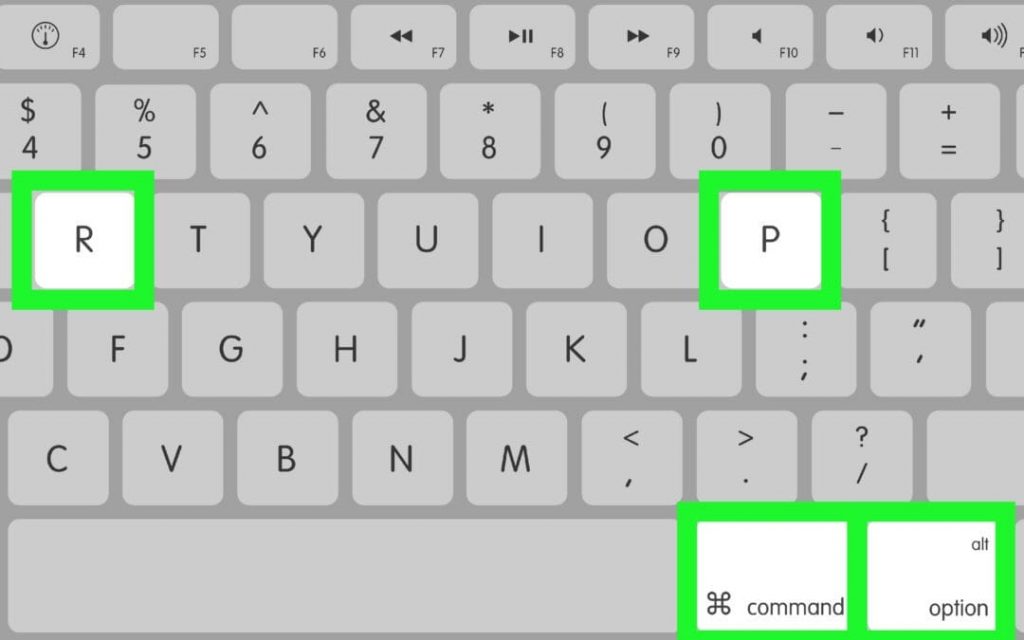
To reset NVRAM on any Mac:
- Shut down your Mac
- Power up your Mac and immediately press these four keys together: Option, Command, P, and R.
- Hold the keys down until your Mac reboots again
Doing this will zap corrupt NVRAM data triggering kernel_task problems.
Also read: How To Reset PRAM/NVRAM and SMC on Mac
7 Optimizing Your Mac’s Charging
Faulty charging systems like using underpowered adapters can also lead to kernel panicking to prevent system damage.
Use the right wattage adapter and cable for optimal charging. Don’t use old frayed charging cables. Also, let the battery charge to 100% before unplugging. This calibrates the battery and allows kernel_task to manage charging properly without overworking itself.
When to Seek Professional Help?
If you’ve tried the above solutions extensively without finding relief from kernel_task problems, it’s time to seek a professional diagnosis. The Apple Genius Bar can run diagnostics tests to isolate hardware/software issues causing kernel_task CPU spikes distinctly. They may suggest replacements for failing hardware components to rein in kernel_task back to normal levels.
Conclusion
The Mac Kernel_Task High CPU usage can slow down your device to a crawl, hampering your productivity. By understanding what’s triggering kernel_task in the first place and trying the right troubleshooting steps, you can reclaim normalcy to this system process. Don’t ignore persistently high kernel usage that refuses to resolve with conventional fixes.
Have professionals thoroughly inspect your system to find elusive issues that only diagnostics can accurately reveal. With tailored solutions matched to your problems, your Mac can operate smoothly and responsively once again.
